On September 8, 1900, an unexpected hurricane crashed into the Gulf Coast and devastated Galveston, Texas, leaving more than 6,000 people dead in this area alone and 10,000 more houseless. The storm’s turmoil and destruction allowed white terror and fraud to flourish.
White vigilantes falsely accused Black residents of looting and then executed them. White political leaders and businessmen forced Black men to clear debris and bury the dead. Under the guise of rebuilding, they also formed a commission-style government that excluded Black people from political representation. Similar governments soon appeared across hundreds of cities to reinforce Jim Crow policies.
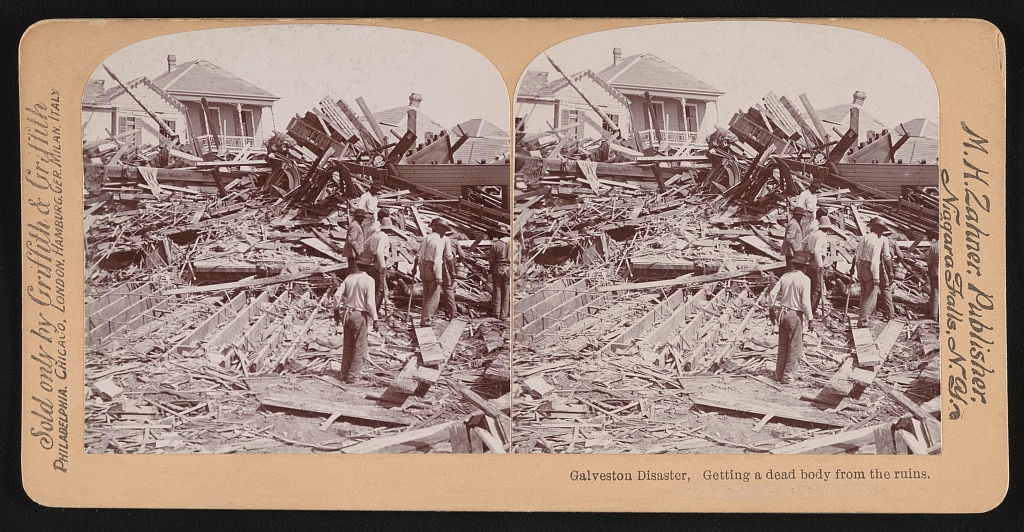
Men searching through rubble after the Galveston hurricane. Source: Library of Congress
As Andy Horowitz writes in the Washington Post article The Racial Strife That Can Blow in With a Hurricane,
The Texas Legislature quickly authorized a new local government comprising five commissioners, three appointed by the governor and two elected at large in Galveston, each responsible for a specific municipal department. Reformers believed they had created a competent bureaucracy to rebuild the city and prepare for an ever-better future. The Galveston Plan became a model for the nation. “No single movement of reform in our governmental methods has been more significant,” Woodrow Wilson later asserted.
But like the stories of looting and lynching, this form of government also reinforced white supremacy. The most widely remembered achievement of Galveston’s post-storm government was the construction of a sea wall meant to protect the island from future storms. At the same time, the commission form of government ensured that, by featuring at-large districts, African American voters would always be outnumbered in local elections.
The Galveston Plan thus stands — with the imposition of the poll tax in 1901 and the white primary in 1923 — as a signal event in Texas’s disfranchisement of African Americans.
The Galveston hurricane remains the deadliest natural disaster in U.S. history.
This event is included on the Zinn Education Project’s Climate Crisis Timeline.

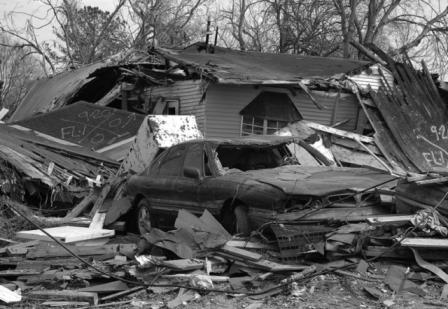
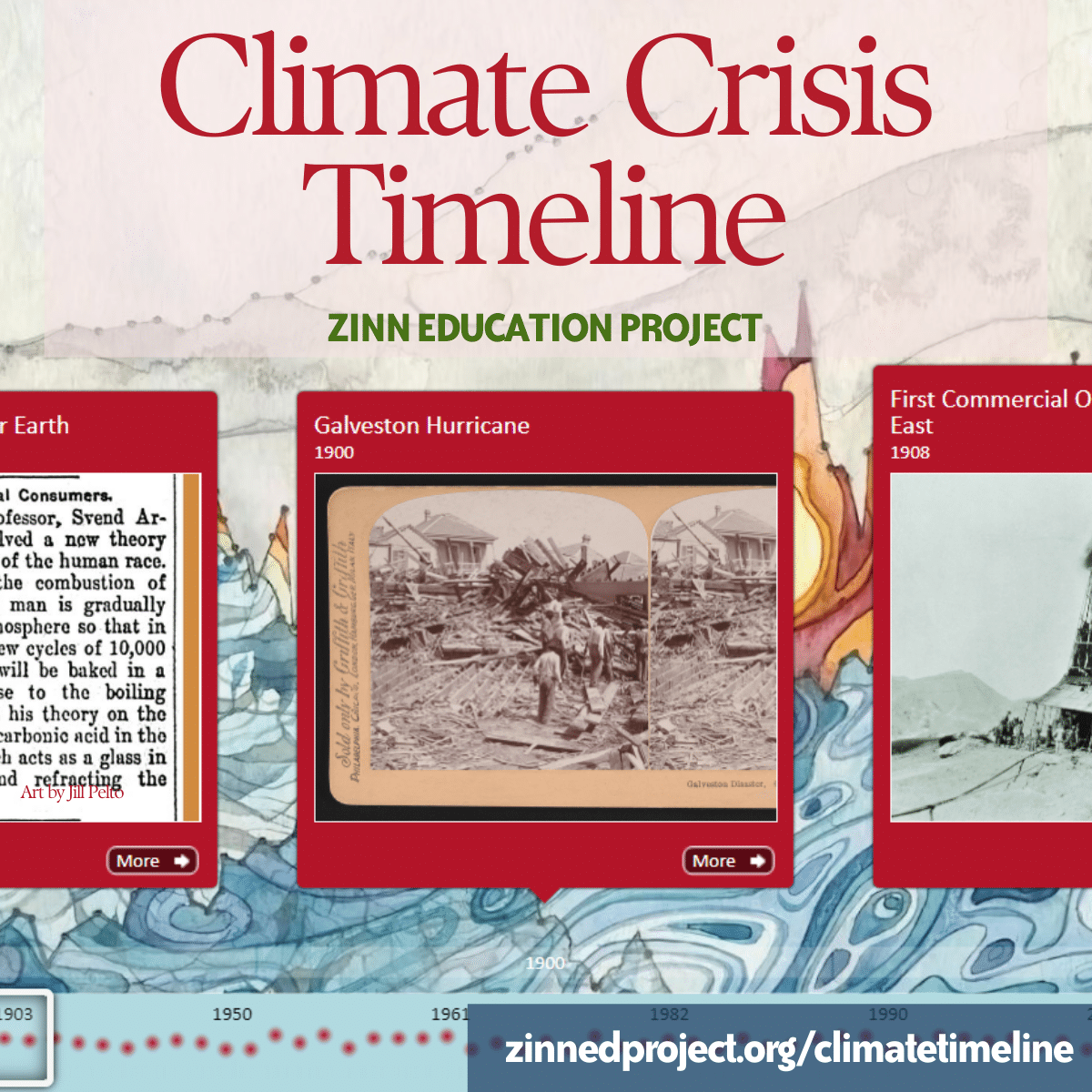
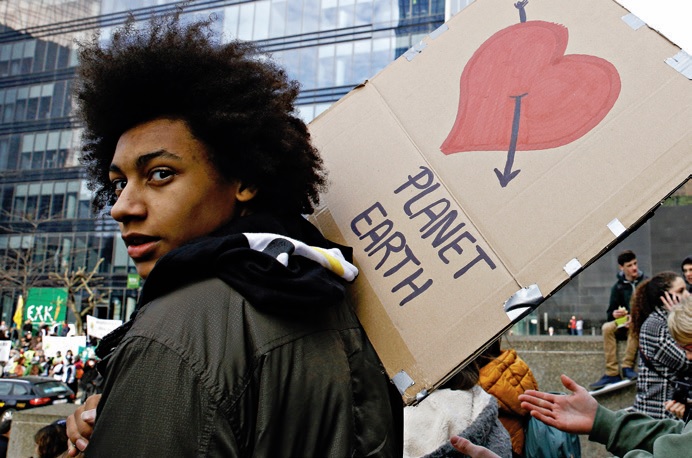
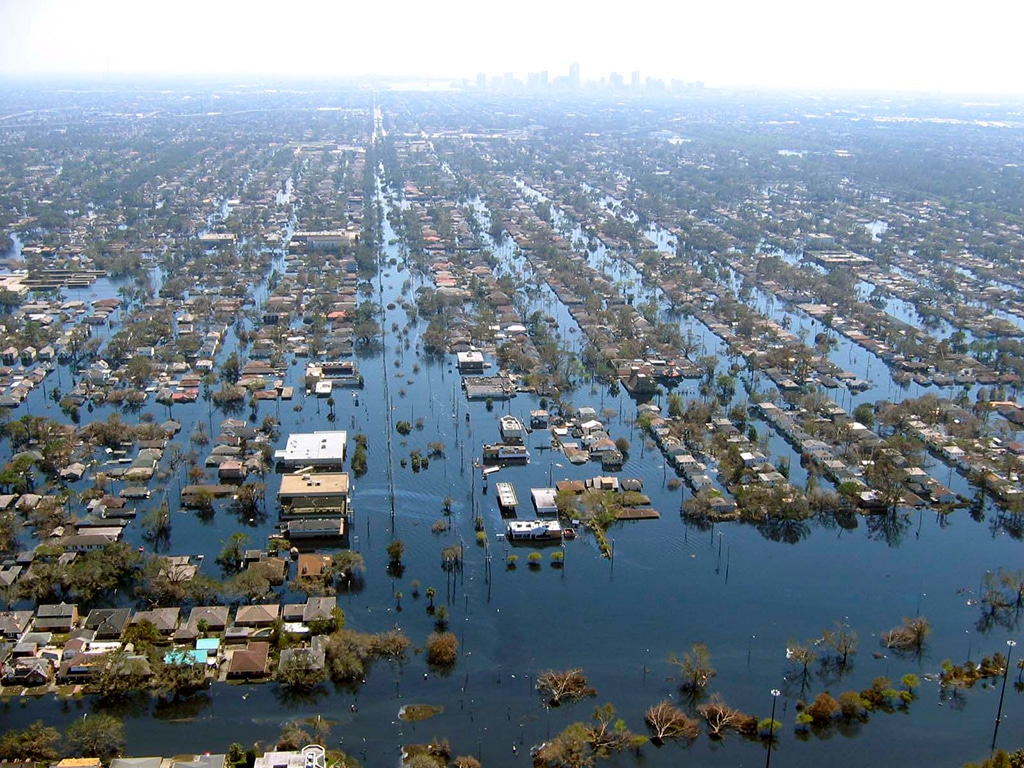
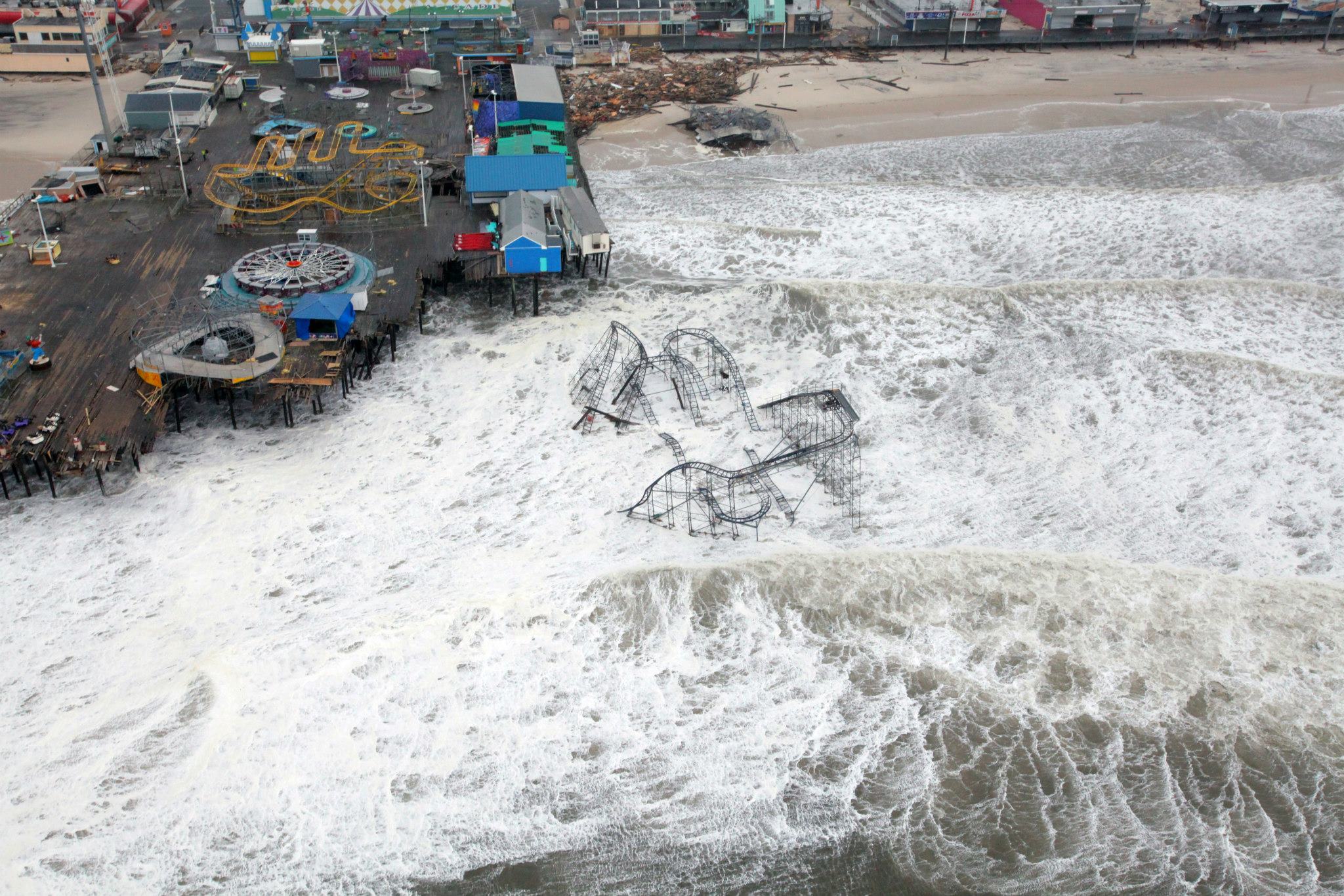
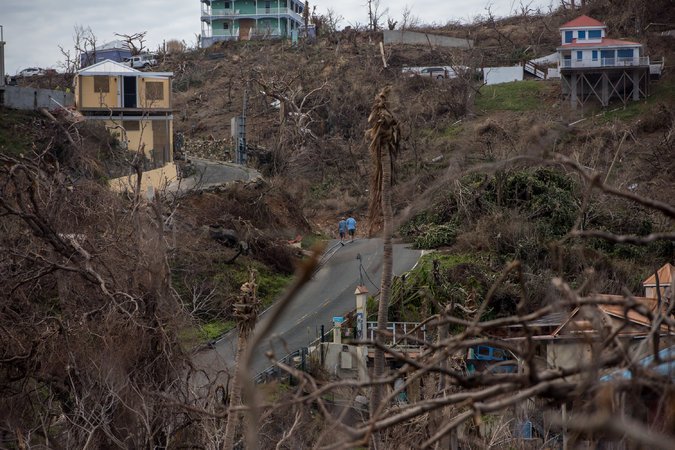
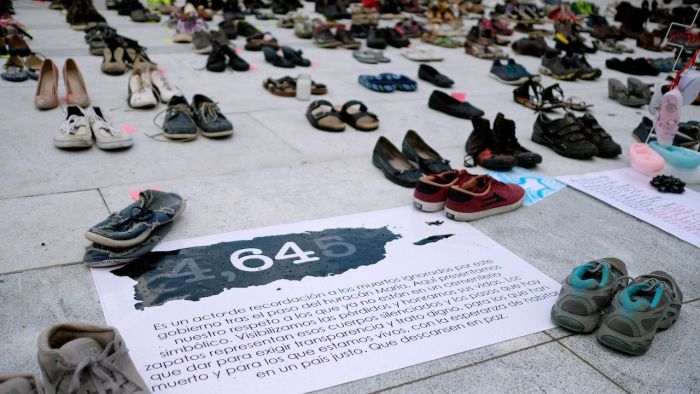





Twitter
Google plus
LinkedIn